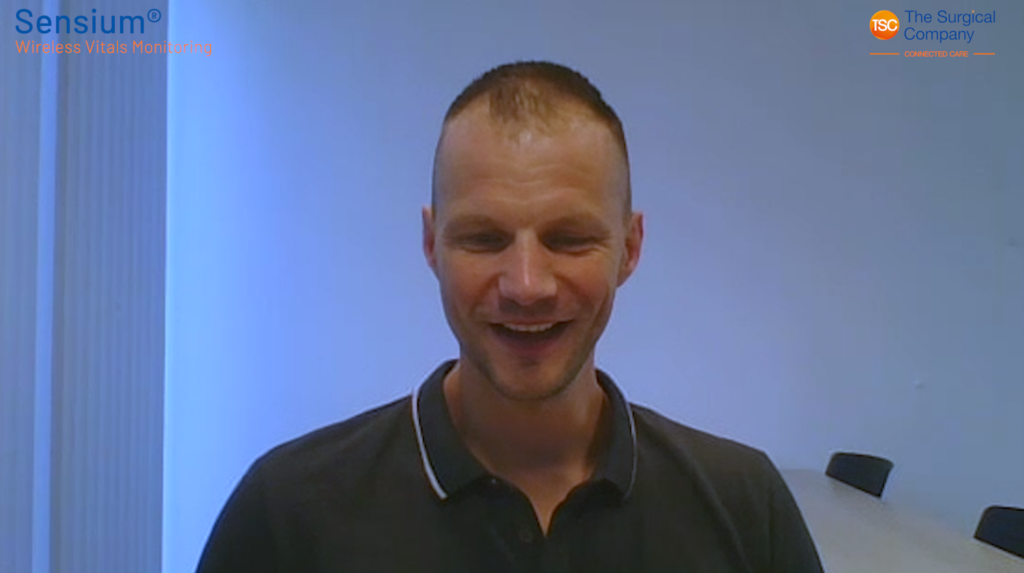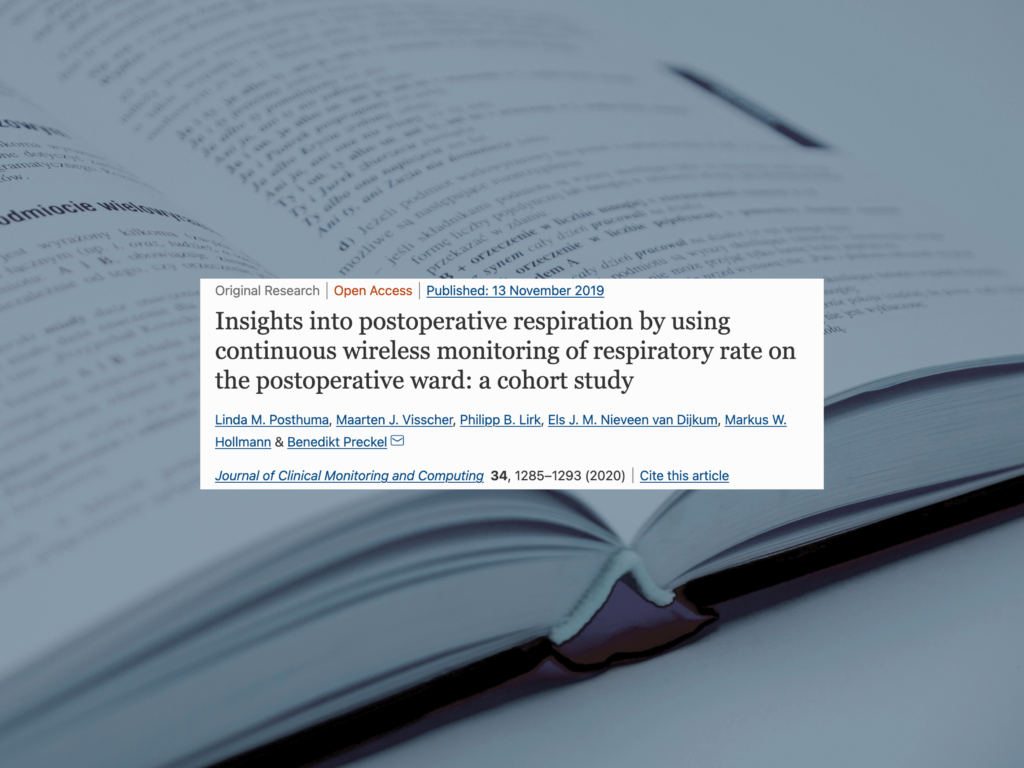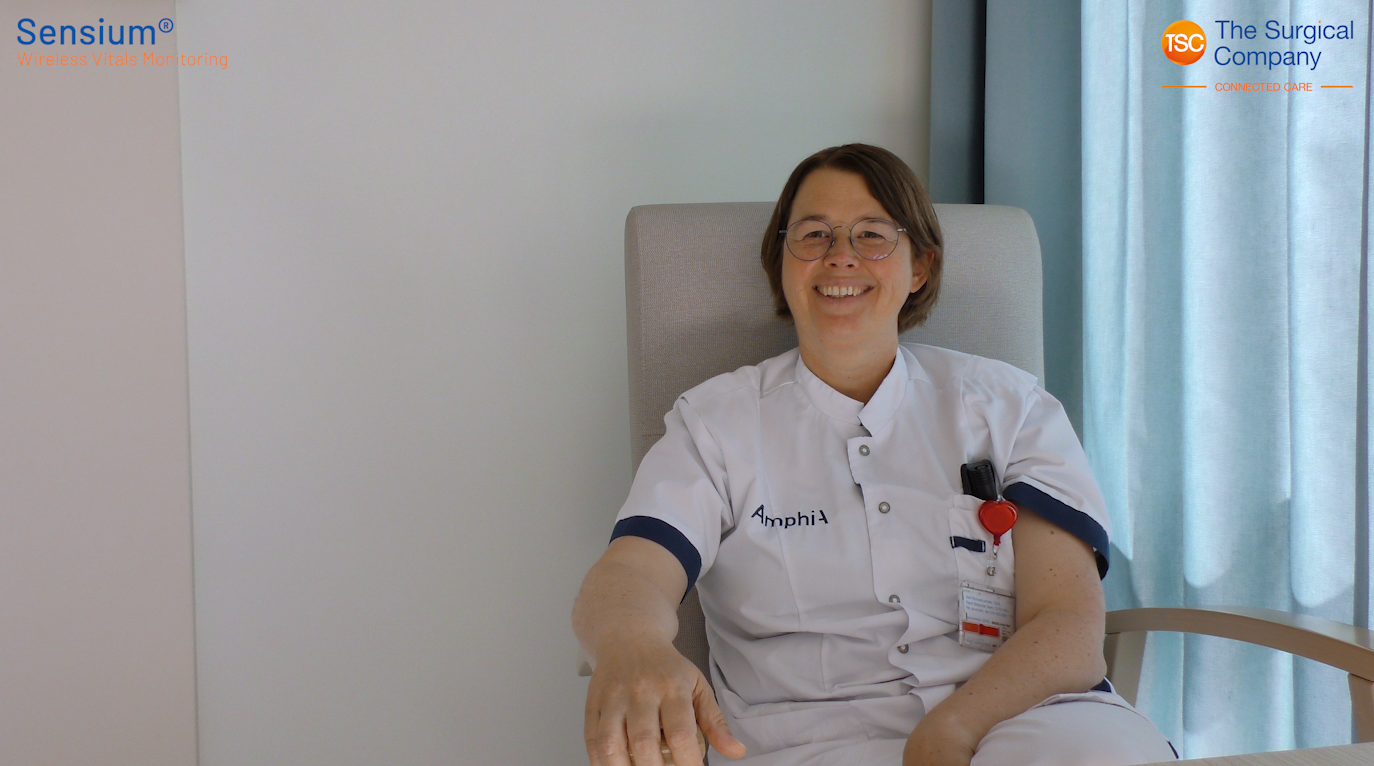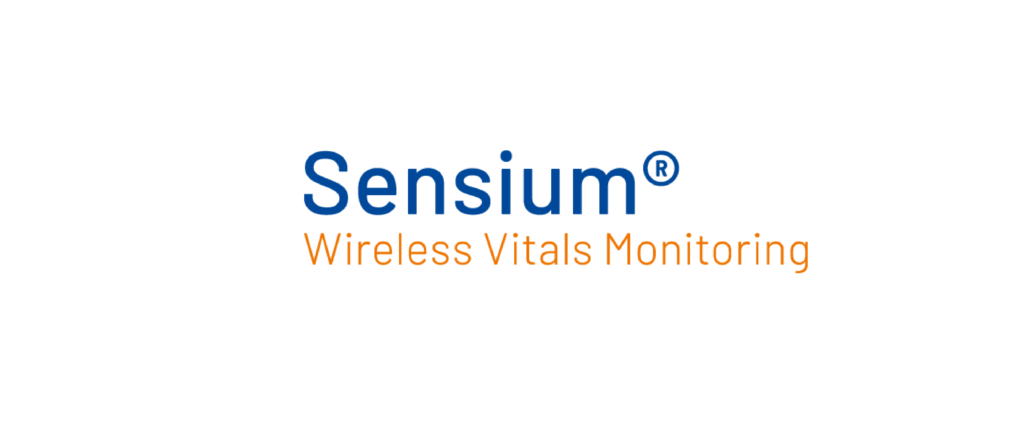Summary
Introduction:
This study aimed to evaluate feasibility of continuously measuring respiratory rate on the ward up to four days post-operatively using wireless monitoring equipment, without impeding mobilisation.
Methods:
Continuous monitoring of vital parameters using a wireless SensiumVitals® patch was installed and respiratory rate was measured every 2 mins. Feasibility of accurate respiratory rate monitoring was defined as valid respiratory rate measurements in at least 50% of time-points in more than 80% of patients during day- and night-time, respectively.
Results:
Data from 119 patients was analysed. Results of the study showed that the patch detected valid respiratory rate measurements 75.2% of the time.
During postoperative day and night four, the system still registered 68% and 78% valid measurements, respectively. 88% of the patients had more than 67% of valid respiratory rate measurements. The respiratory rates most frequently measured were 13–15; median respiratory rate was 15 (mean 16, 25th- and 75th percentile 13 and 19).
Discussions:
The study demonstrated that it is feasible to measure electronically respiratory rate for up to four post-operative days in a surgical ward using a wireless monitoring system, allowing for patients to normally mobilize during the postoperative period and not producing sleep deteriorations: 88% of included patients had more than 67% of valid respiratory rate measurements.
Manually assessment of vital parameters might take up to 10 mins, meaning that even if vital functions are measured every 4 h (6 times a day), this will result in only 60 min of direct surveillance of the ward patient within 24 h, leaving the post-operative ward patient un-monitored for 96% of the time.
Taking vital parameters during night might add burden because of sleep deterioration and its consequences in the hospitalised patient [30]. Continuous wireless monitoring can help to dramatically reduce the interval for assessing vital parameters without affecting mobilization of the patient, or disturbing sleep.
Compared to standard registration of respiratory rate by counting 1 min of breathing, nurses only counted correct values in 3% of measurements if the actual respiratory rate of the patient was below 12/min. In contrast, nurses measured correct in 76% of times for respiratory values of 18–22 [34]. These data underline the necessity to improve respiratory rate measurement namely in those patients not breathing normally.





